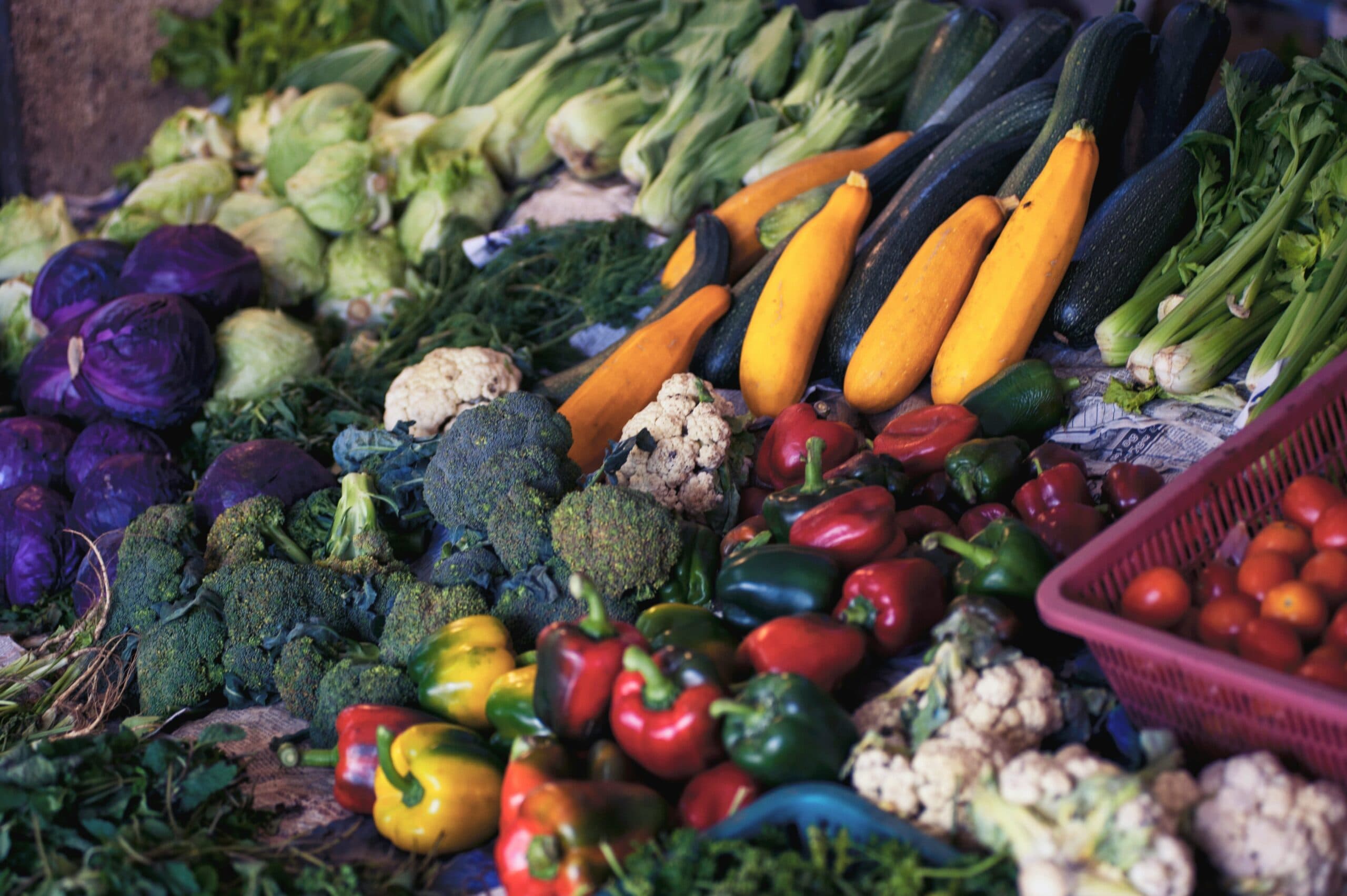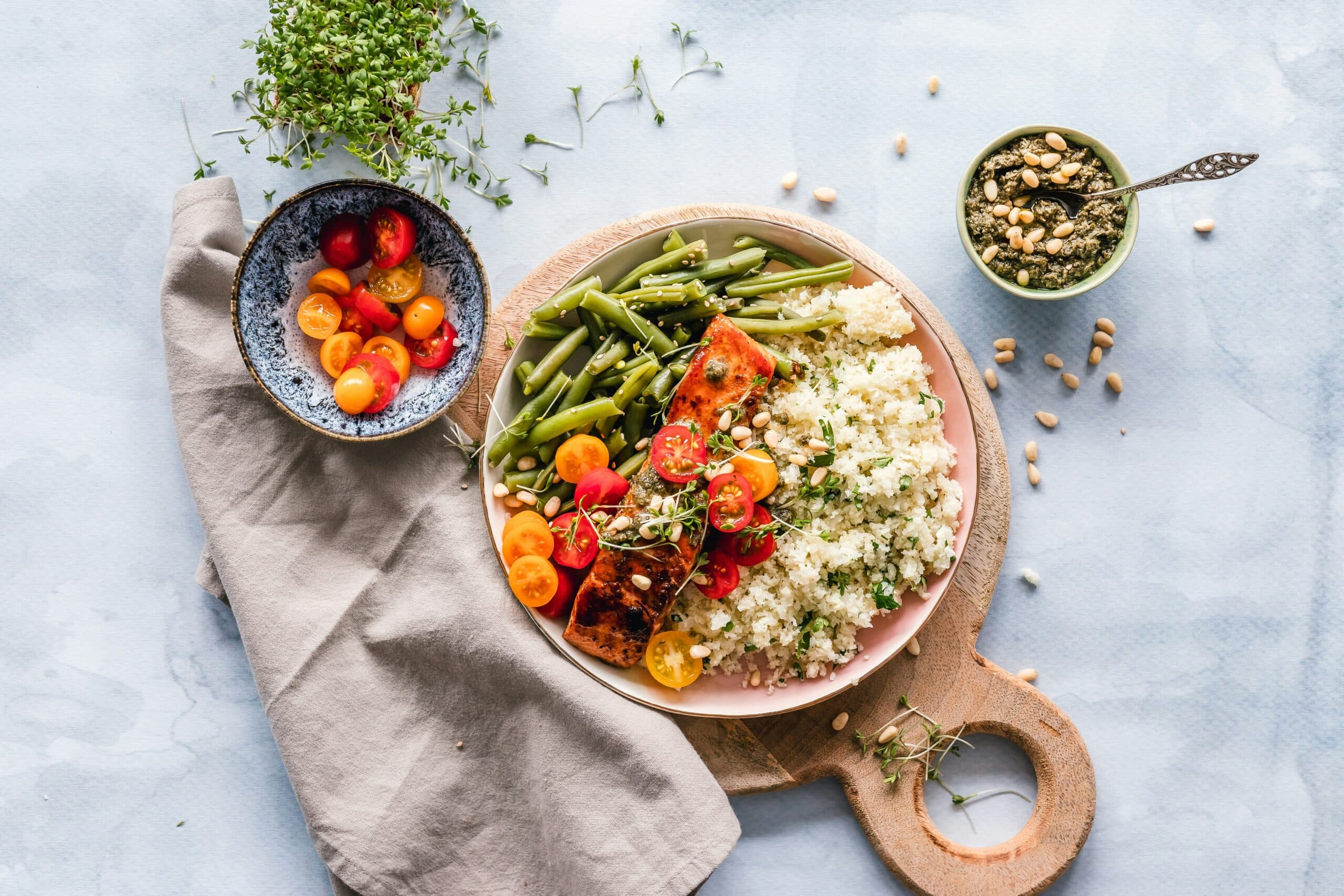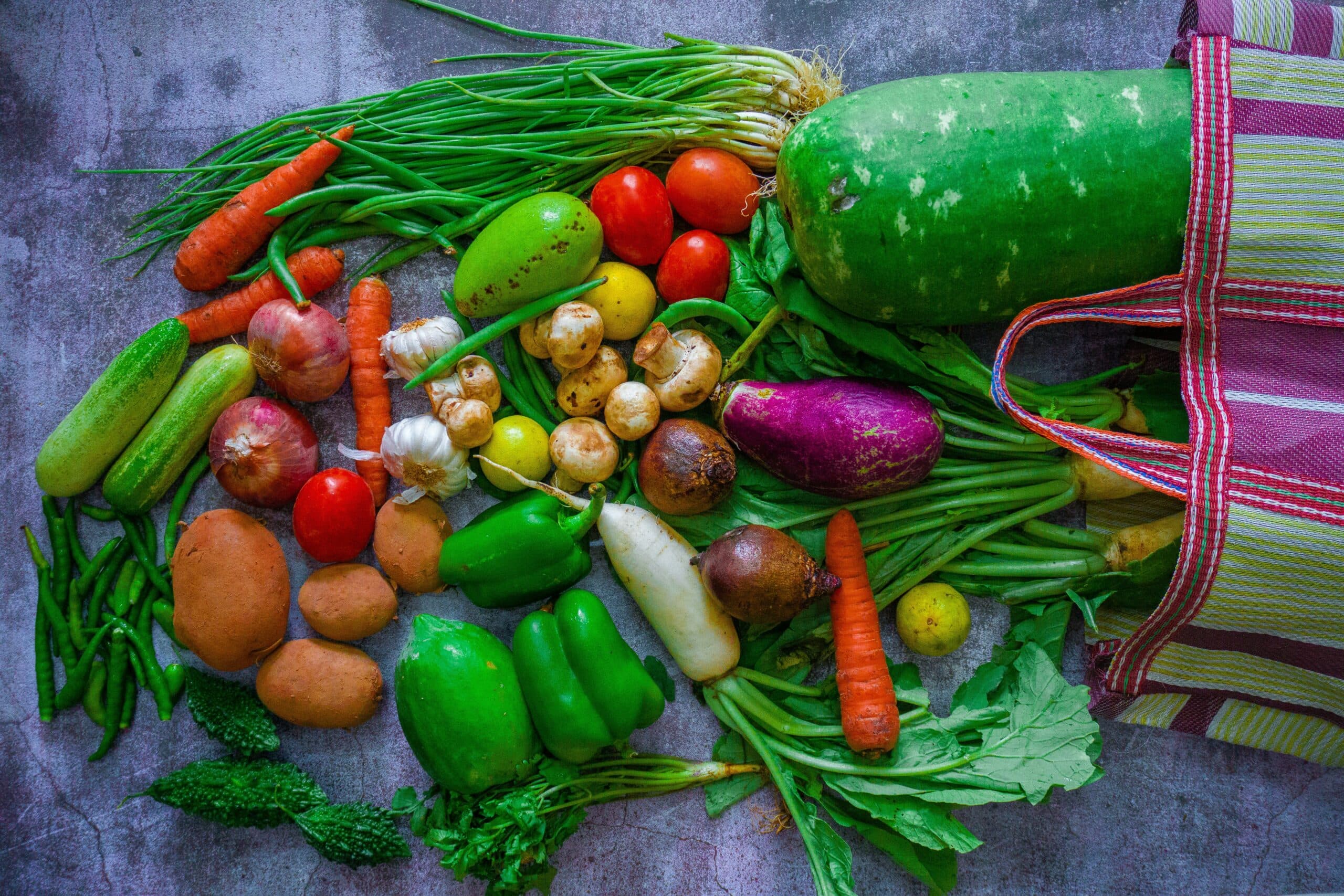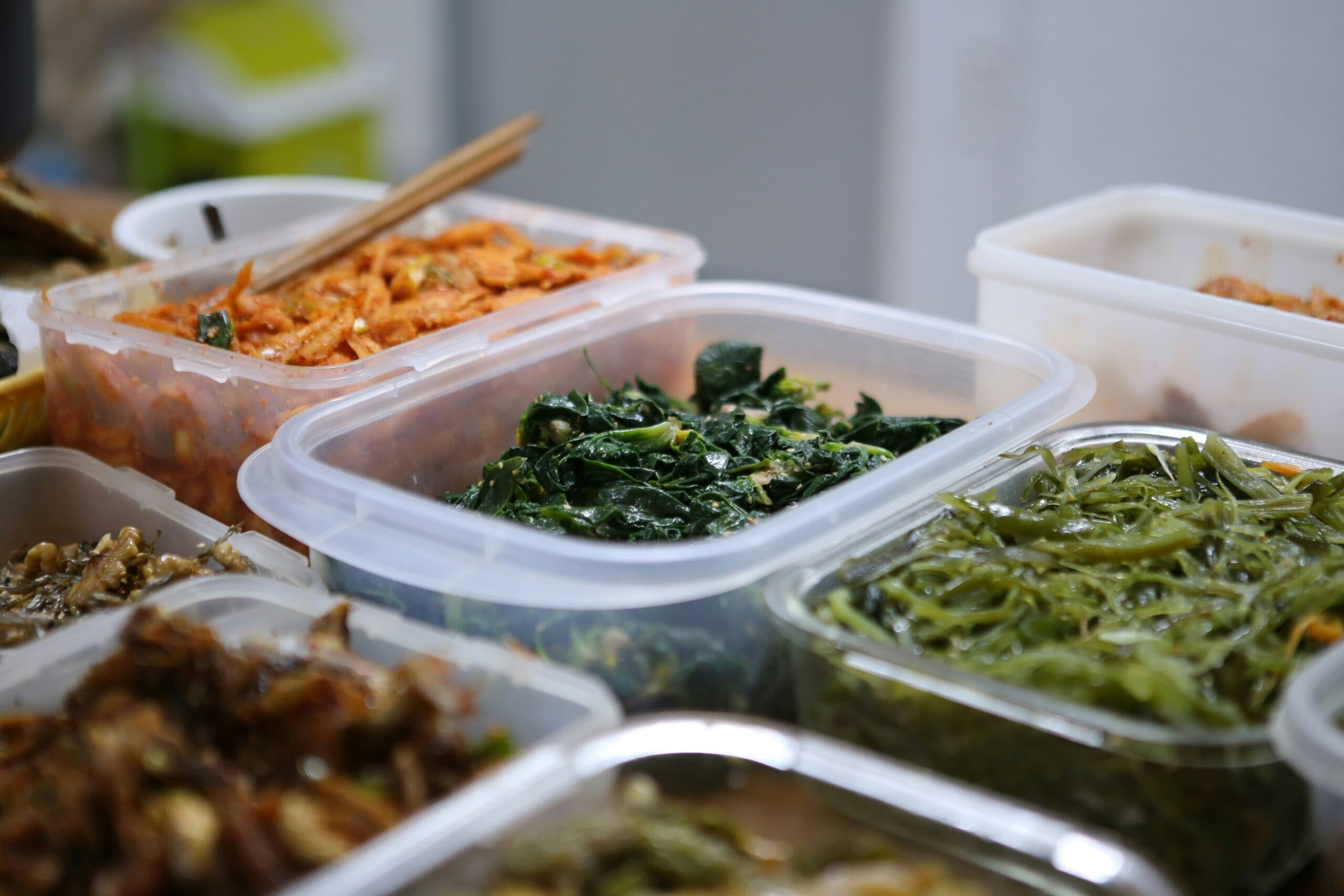
August 13, 2025
The Rainbow Diet: Why Eating a Variety of Colors is Key to Getting All Your Nutrients
When you think of a healthy plate, you might imagine fresh greens or bright oranges, but the true picture of balanced nutrition is far more colorful. The Rainbow Diet isn’t about strict rules or fad dieting; it’s a visually simple yet scientifically powerful way of eating that ensures you get a full spectrum of vitamins, minerals, and antioxidants.
By intentionally including fruits and vegetables of many colors in your meals, you’re also including a wide range of phytonutrients, which are plant-based compounds that support everything from immune function to heart health.
The Science Behind the Rainbow Diet
Color in produce comes from natural pigments, carotenoids, flavonoids, anthocyanin, chlorophyll, and each pigment family comes with its own health benefits. While you could get certain vitamins from supplements, whole foods offer complex combinations of nutrients and plant chemicals that work together in ways science is still discovering.
Why it matters:
-
Each color group represents different dominant nutrients.
-
Eating more colors increases dietary diversity, which is a known factor in improving gut health and overall wellness.
-
No single fruit or vegetable contains all essential nutrients, but the rainbow approach ensures coverage.
Color-by-Color Nutrient Guide
1. Red: Heart and Circulatory Health
Nutrient Powerhouses: Lycopene, anthocyanin, vitamin C
-
Lycopene, a carotenoid found in tomatoes and watermelon, is linked to reduced risk of certain cancers and heart disease.
-
Anthocyanin in red berries may improve blood vessel function.
-
Vitamin C supports collagen production and immune health.
Examples:
-
Tomatoes
-
Strawberries
-
Red bell peppers
-
Cherries
-
Watermelon
2. Orange & Yellow: Eye Health and Immunity
Nutrient Powerhouses: Beta-carotene, vitamin C, lutein
-
Beta-carotene is converted into vitamin A, essential for vision and skin health.
-
Lutein helps filter harmful blue light and supports long-term eye health.
-
These colors often signal antioxidants that support immune defense.
Examples:
-
Carrots
-
Sweet potatoes
-
Butternut squash
-
Mangoes
-
Yellow bell peppers
3. Green: Detox and Cell Health
Nutrient Powerhouses: Chlorophyll, vitamin K, folate, lutein
-
Chlorophyll helps in detoxification and wound healing.
-
Vitamin K plays a critical role in blood clotting and bone strength.
-
Folate supports healthy cell growth, especially important for pregnancy.
Examples:
-
Spinach
-
Kale
-
Broccoli
-
Brussels sprouts
-
Avocados
4. Blue & Purple: Brain and Aging Protection
Nutrient Powerhouses: Anthocyanins, resveratrol, vitamin C
-
Anthocyanins are powerful antioxidants linked to reduced inflammation and improved memory.
-
Resveratrol in grapes has been associated with longevity and heart health.
-
Darker pigments indicate high antioxidant capacity, protecting against oxidative stress.
Examples:
-
Blueberries
-
Blackberries
-
Purple cabbage
-
Eggplant
-
Concord grapes
5. White & Brown: Immunity and Anti-Inflammation
Nutrient Powerhouses: Allicin, potassium, fiber
-
Allicin in garlic supports cardiovascular health and has antimicrobial properties.
-
White vegetables like onions and mushrooms often contain anti-inflammatory compounds.
-
Potassium helps regulate blood pressure.
Examples:
-
Garlic
-
Onions
-
Mushrooms
-
Cauliflower
-
Parsnips
How to Build a Rainbow Diet Day
You don’t need to eat every color in every single meal, but aiming for all five color groups daily is a good goal.
Sample Rainbow Day:
-
Breakfast: Oatmeal topped with blueberries (blue/purple), strawberries (red), and a sprinkle of chia seeds (white).
-
Lunch: Spinach salad (green) with shredded carrots (orange), cherry tomatoes (red), and avocado (green) with olive oil.
-
Snack: Mango slices (orange/yellow) with a handful of almonds (brown).
-
Dinner: Grilled salmon with roasted broccoli (green), purple cabbage slaw (purple), and mashed sweet potato (orange).
Benefits of Eating the Rainbow
-
Nutrient coverage: You’ll hit a broader spectrum of vitamins and minerals.
-
Antioxidant boost: Each pigment contains unique antioxidants that combat oxidative stress.
-
Disease prevention: Diet diversity is linked to reduced risk of heart disease, cancer, and cognitive decline.
-
Better digestion: The variety in plant fibers supports a healthier gut microbiome.
Tips for Success with the Rainbow Diet
-
Shop the produce aisle first before filling your cart with anything else.
-
Think seasonal — seasonal produce is often fresher and more nutrient-dense.
-
Mix raw and cooked — some nutrients, like lycopene, are more available after cooking, while vitamin C is best preserved raw.
-
Challenge yourself to add one new colorful fruit or vegetable to your diet each week.
The Rainbow Diet is a simple, visual, and science-backed way to eat for better health. By focusing on colorful fruits and vegetables, you maximize nutrient diversity, antioxidant intake, and disease-fighting potential — all while keeping your meals visually appealing and satisfying.
Your plate is your canvas. Fill it with nature’s palette.
Recent Posts

10 Grocery Shopping Habits That Make Your Diet Healthier
December 17, 2025

How Balanced Nutrition Affects Mental Health
December 16, 2025

Nutrition Coaching vs. Diet Plans for Sustainable Results?
November 5, 2025

Seasonal Grocery Shopping: Eating in Season Boosts Nutrition
October 30, 2025

How to Grocery Shop for a Sustainable, Healthy Lifestyle
October 22, 2025

Meal Planning 101: Shop Smart for a Week of Healthy Meals
October 21, 2025
